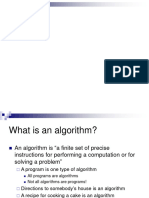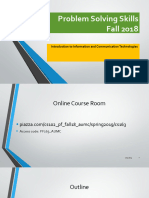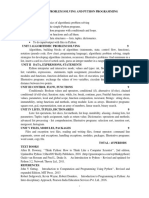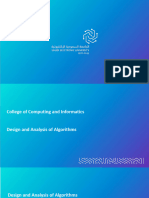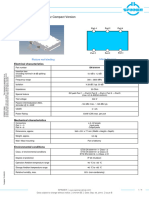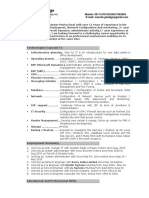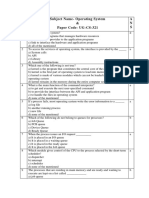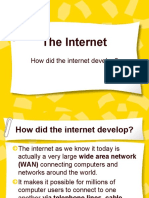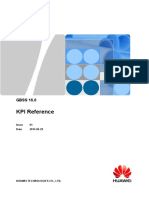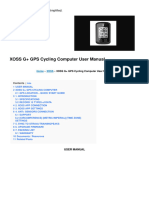0% found this document useful (0 votes)
27 views37 pagesAlgorithms SE4B 2
The document outlines the concept of algorithms in software engineering, detailing their definition, properties, and phases of development including problem-solving and implementation. It explains how algorithms can be represented through pseudocode and flowcharts, and discusses control structures like sequence, decision making, and looping. Additionally, it highlights common applications of algorithms in various fields and best practices for algorithm development.
Uploaded by
wilberofficial2001Copyright
© © All Rights Reserved
We take content rights seriously. If you suspect this is your content, claim it here.
Available Formats
Download as PPT, PDF, TXT or read online on Scribd
0% found this document useful (0 votes)
27 views37 pagesAlgorithms SE4B 2
The document outlines the concept of algorithms in software engineering, detailing their definition, properties, and phases of development including problem-solving and implementation. It explains how algorithms can be represented through pseudocode and flowcharts, and discusses control structures like sequence, decision making, and looping. Additionally, it highlights common applications of algorithms in various fields and best practices for algorithm development.
Uploaded by
wilberofficial2001Copyright
© © All Rights Reserved
We take content rights seriously. If you suspect this is your content, claim it here.
Available Formats
Download as PPT, PDF, TXT or read online on Scribd
/ 37


